How long is the service life of the catalyst ceramic balls?
The service life of the catalyst ceramic balls is difficult to determine exactly due to the influence of various factors. It varies from several months to several years on average, depending on the specific circumstances.
The approximate service life in different application fields:
Petrochemical industry: In common processes such as refining and catalytic cracking, the service life of the catalyst ceramic balls may be around 1-5 years. However, if the reaction conditions are harsh, such as processing high-sulfur, high-acid-value crude oil, and maintenance is not properly carried out, it may need to replace part or all of the ceramic balls within 1 year.
Environmental protection field: For example, when used to remove harmful substances such as nitrogen oxides in waste gas treatment, its service life may be 2-3 years. However, if the impurity content in the waste gas is high, the humidity is large, and the operating environment is poor, it may need to be replaced within 1-2 years.
Energy field: In fuel cell applications, the service life of the catalyst ceramic balls varies depending on specific technologies and operating conditions, generally ranging from 3-5 years. However, if the battery operating temperature is too high or the electrode material compatibility is poor, it may need to be replaced within 2 years due to a performance drop.
Fine chemical industry: Due to the diversity and complexity of fine chemical reactions, the service life varies greatly, ranging from several months to 3 years, depending on the specific reaction type, reactants, and maintenance conditions.
Note: The specific service life of catalyst ceramic balls cannot be determined solely based on this article.
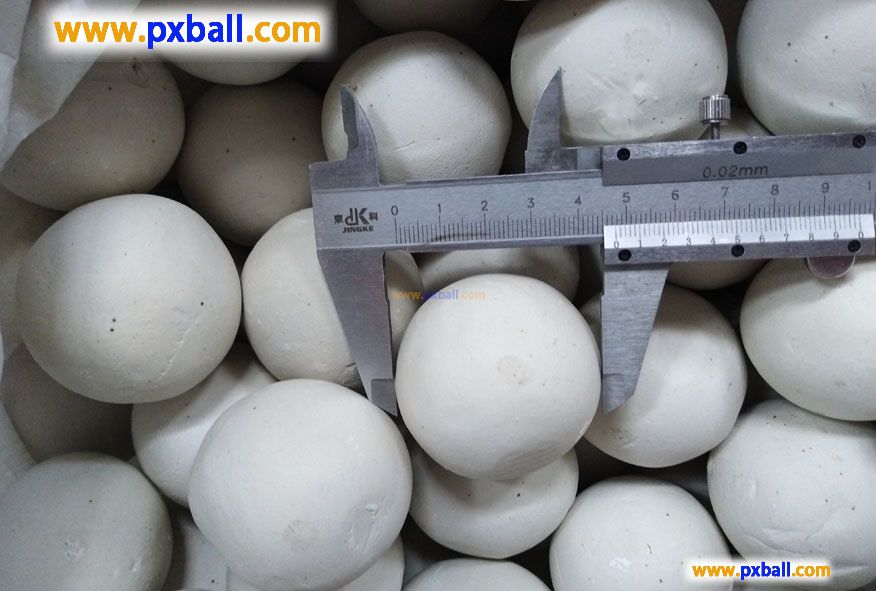
Factors Affecting Service Life
Reaction temperature conditions: If the reaction is carried out at high temperature and runs for a long time at or near the high temperature limit, it may accelerate the aging, sintering, etc. of the catalyst ceramic balls, thereby shortening their service life. For example, certain high-temperature petrochemical catalytic cracking reactions may cause the ceramic balls to lose their performance by more than half within one or two years if the temperature control is not good.
Pressure: Higher pressure will also have an impact on the physical structure of the ceramic balls, which may cause them to deform or break. This impact is more noticeable when the pressure fluctuates frequently, thereby affecting their normal service time.
Concentration of reactants and impurity content: High concentrations of reactants in the reaction process may exert impact and corrosion on the surface and internal structure of the ceramic balls. If the reactants contain a lot of impurities, the impurities may adhere to the surface of the ceramic balls and block their microscopic pores, or react with the ceramic balls to reduce their catalytic performance and shorten their service life.
Properties of the material itself: Different types of catalyst ceramic balls such as inert alumina ceramic balls and active ceramic balls have different chemical stability and mechanical strength. For example, ceramic balls with slightly lower chemical stability may have a shorter service life when faced with reaction environments with stronger corrosiveness.
Use and maintenance: During the reaction process, frequent start-up and shutdown operations or sudden changes in temperature and pressure parameters may cause damage to the ceramic balls, reducing their service life.
Regular maintenance: It is very important to regularly clean and inspect the equipment using catalyst ceramic balls. If the surface of the ceramic balls can be cleaned of impurities in a timely manner and their performance is regularly checked, problems can be detected and dealt with in time, so the service life of the ceramic balls can be effectively extended.
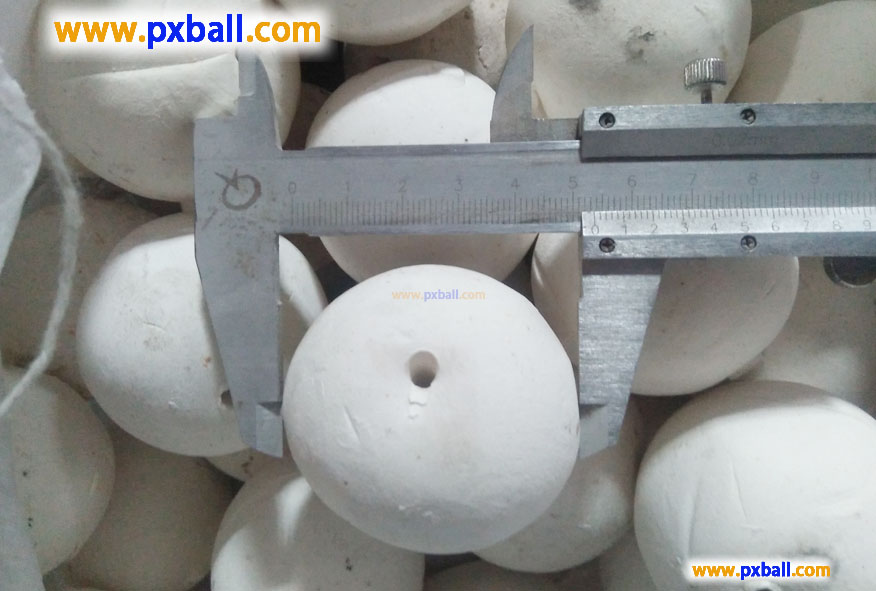
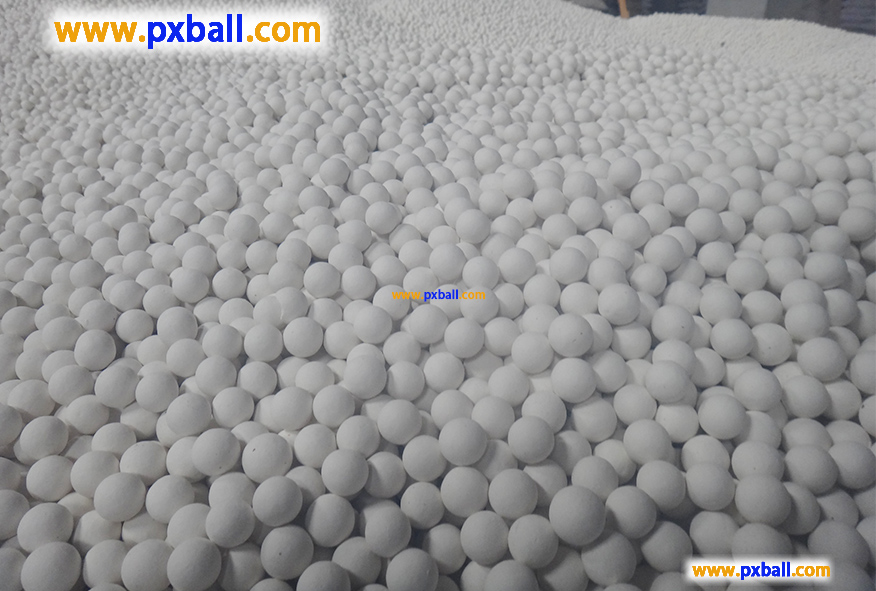
Catalyst Inert Ceramic Packing Process
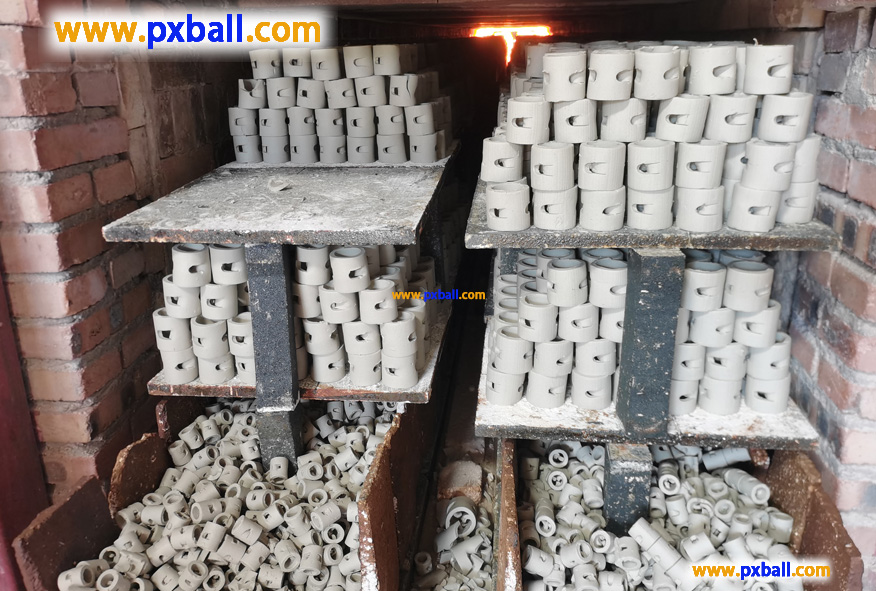
Is ceramic an inert waste?
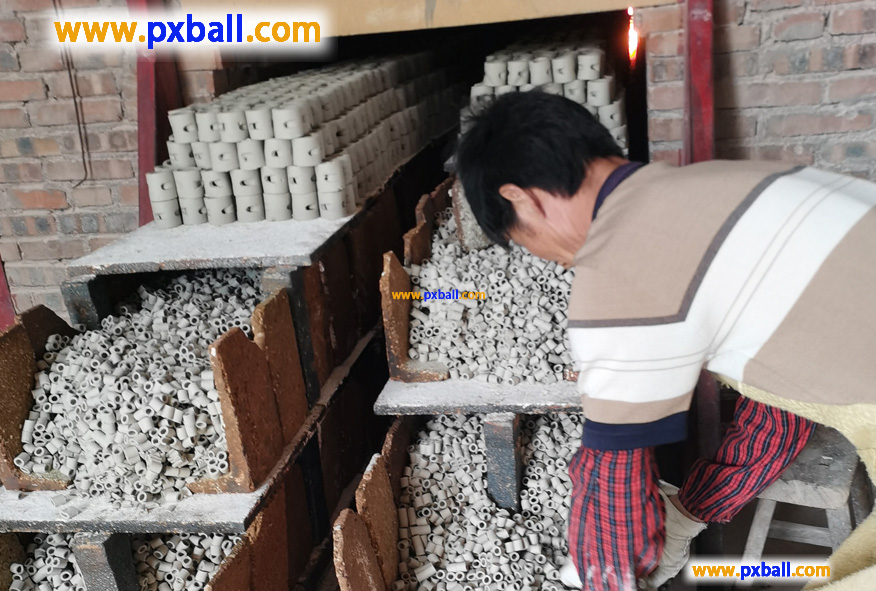
Are ceramics chemically inert?
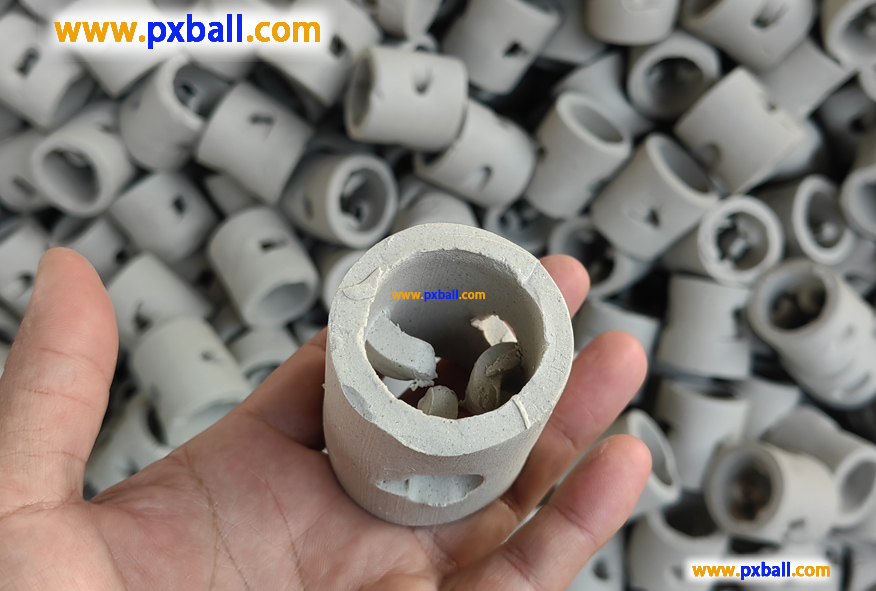
What is inert ceramics?

inert alumina ceramic ball density

Why do inert ceramic balls emphasize the level of aluminium content?
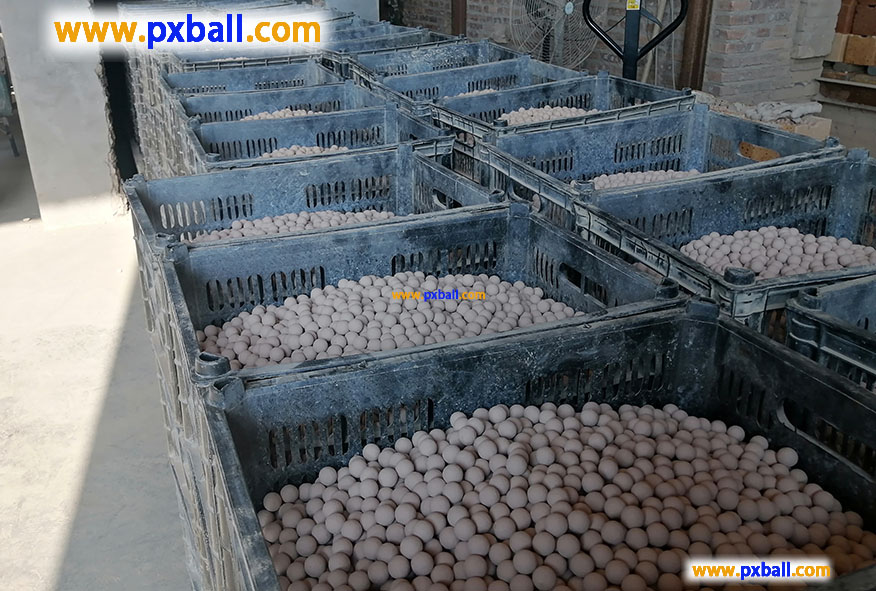
What are alumina ceramic balls used for?
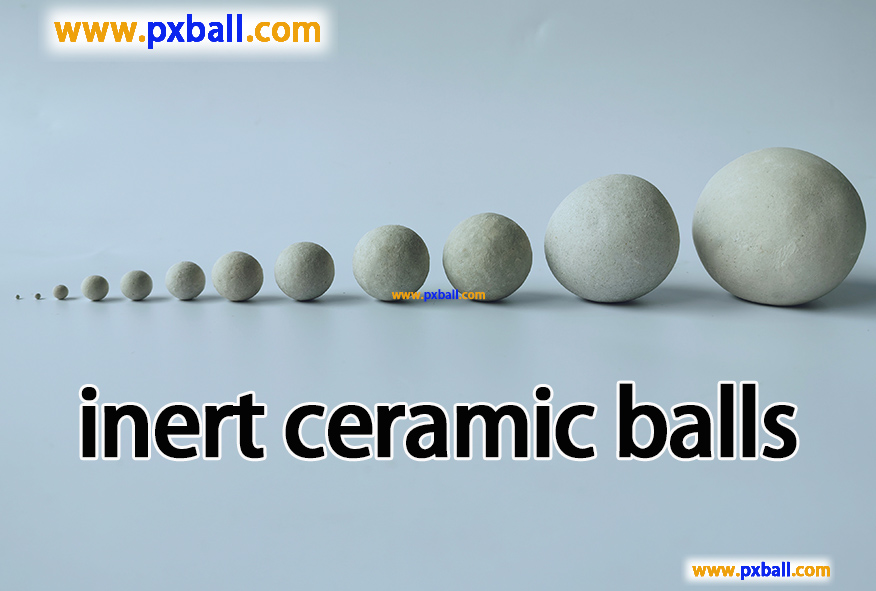
What is inert ceramic ball?